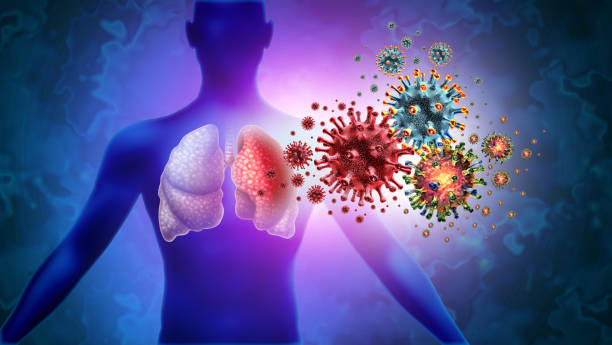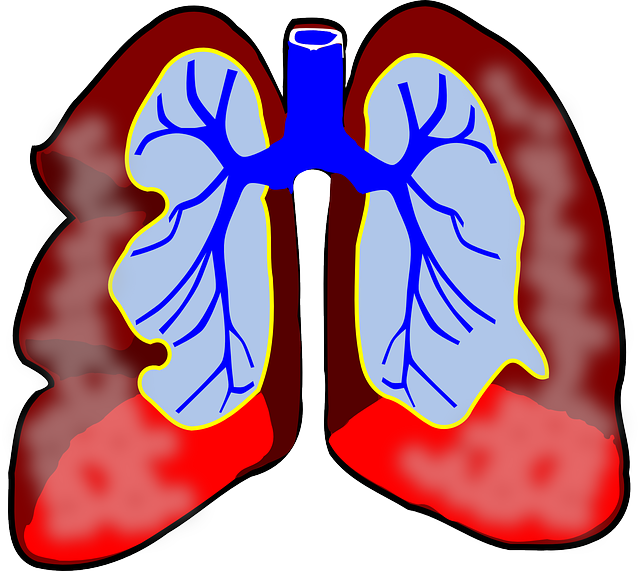Are you ready to dive into the wonderful world of nursing? Let’s explore the fundamentals...
Author - Albey BSc N
Community-Acquired Pneumonia icd 10
Let’s talk about something pretty common but sometimes quite serious: community-acquired...
What is atelectasis? | Causes | Signs & Symptoms |...
What is atelectasis? Atelectasis is a medical condition that affects the respiratory system. It is...
Pneumonia | Causes | Signs & Symptoms | Pathophysiology |...
What is pneumonia? Pneumonia is an infectious disease that affects the respiratory system...
Bronchiectasis | Cause | Pathophysiology | Signs and Symptoms |...
What is bronchiectasis? Bronchiectasis is a respiratory condition characterized by the abnormal...
Bronchitis | Causes | Signs and symptoms | Pathophysiology |...
What is bronchitis? Bronchitis is a respiratory condition characterized by inflammation of the...
Asthma | Classifications | Risk Factors | Sign and symptoms |...
What is asthma? Asthma, a chronic inflammatory condition of the airways, triggers...
Tracheitis | Causes | Signs and symptoms | Pathophysiology |...
What is tracheitis? Tracheitis is an inflammatory condition affecting the trachea, the windpipe...
Pharyngitis | Causes | Pathophysiology | Signs and symptoms |...
What is pharyngitis? Pharyngitis is the inflammation of the pharynx, which is the part of the...
Sinusitis | Causes | Pathophysiology | Signs and Symptoms |...
What is sinusitis? Sinusitis is a condition affecting the paranasal sinuses, characterized by...





